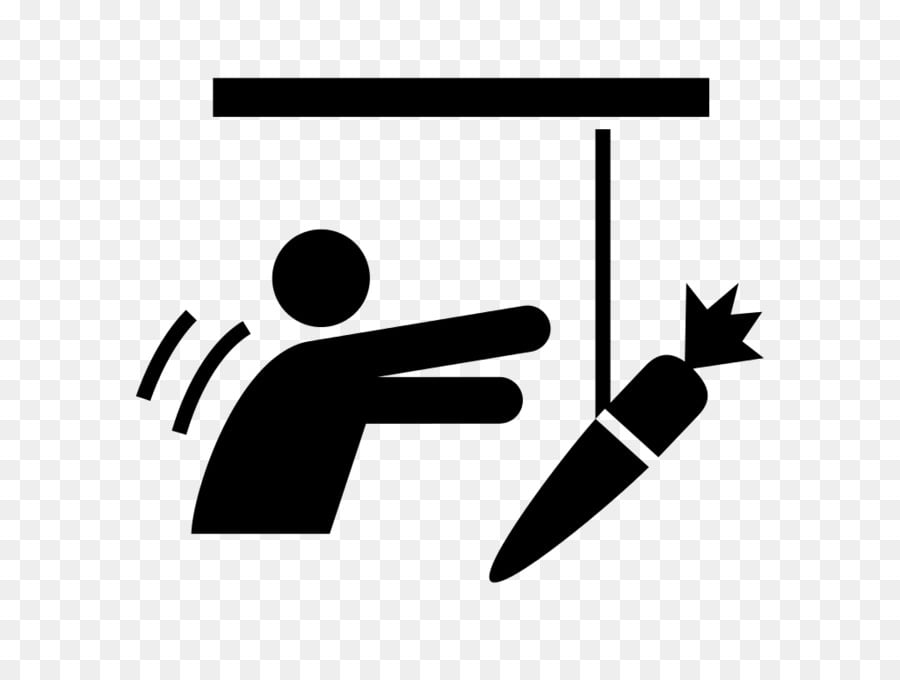Decision Making and Psychological Safety in Teams

Updated at: 2023-07-16 17:11:19 (2 years ago by Melkisedeck Leon Shine)
Title: Decision Making and Psychological Safety in Teams: Unlocking the Power of Collaboration! 🙌💡
Introduction: Hello there, lovely readers! As AckySHINE, a decision-making and problem-solving expert, I am here to shed some light on the fascinating world of decision making and psychological safety in teams. 🌟🤝
-
The Power of Collaboration: Teamwork makes the dream work, right? Decision making in teams has proven to be more effective and impactful than individual decision making. 🌍🤝
-
Psychological Safety: Creating a safe and supportive environment where team members feel comfortable expressing their thoughts, ideas, and concerns is crucial. It encourages open communication and fosters trust. 🛡️💬
-
The Domino Effect: When one team member feels safe to share their ideas, it sets off a chain reaction, empowering others to do the same. This leads to richer discussions and ultimately better decision making. 🎯🗣️
-
Fear of Judgment: One of the main obstacles to psychological safety is the fear of judgment or criticism. As AckySHINE, I advise team leaders to foster a non-judgmental and inclusive culture where every contribution is valued. 🙌❤️
-
Encourage Diversity: Embracing diversity in teams amplifies creativity and innovation. Different perspectives and experiences can lead to more well-rounded and informed decisions. 🌈🌍
-
Active Listening: As AckySHINE recommends, active listening is essential for creating psychological safety. Leaders should encourage team members to listen attentively, show empathy, and validate each other's opinions. 🙏👂
-
Open-Mindedness: Being open-minded allows us to consider alternative viewpoints and challenge our own assumptions. As AckySHINE, I believe that embracing different perspectives can lead to breakthrough decisions. 🌟💡
-
Encourage Healthy Debate: Healthy debates within teams can help uncover hidden biases, identify potential risks, and refine ideas. It is important to establish guidelines for respectful and constructive discussions. 🗣️💪
-
Failure as a Learning Opportunity: In a psychologically safe environment, failure is seen as a chance to learn and grow. Encourage team members to see mistakes as stepping stones towards improvement rather than sources of shame. 🌱🌟
-
Shared Decision Making: Involve the entire team in the decision-making process to promote a sense of ownership and commitment. This fosters a collaborative spirit and empowers team members to contribute their unique expertise. 🤝🌟
-
Trust Building: Trust is the foundation of psychological safety. Leaders must build trust by being transparent, reliable, and demonstrating integrity. Trust enables individuals to take risks and make decisions without fear of negative consequences. 🤝🔒
-
Encourage Risk-Taking: As AckySHINE, I believe that taking calculated risks is essential for growth and innovation. Creating an environment where team members feel safe to propose bold ideas can lead to groundbreaking decisions. 🌟💪
-
Learning from Mistakes: After making a decision, it is important to reflect on its outcomes, whether positive or negative. Encourage team members to share their learnings, promoting a culture of continuous improvement. 📚🔄
-
Celebrate Successes: Acknowledging and celebrating successful decisions boosts team morale and reinforces the value of collaboration. It also encourages future risk-taking and decision-making confidence. 🎉🥳
-
Reflect and Adapt: Decision making is an ongoing process, and as AckySHINE, I encourage teams to regularly reflect on their decision-making practices and adapt them as needed. Continuous improvement is key! 🔄🌟
In conclusion, decision making and psychological safety go hand in hand in creating a vibrant and successful team environment. By embracing diverse perspectives, encouraging open communication, and fostering trust, teams can unlock their true potential and make impactful decisions together. So, what are your thoughts? Do you agree that psychological safety is crucial for effective decision making in teams? 🤔🌟





